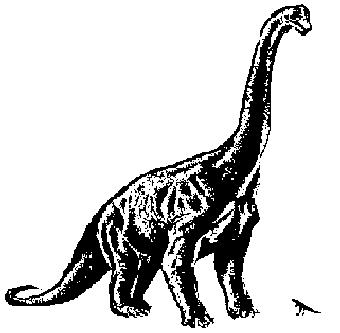



A change in body size makes necessary changes in shape and proportions, or allometry of an organism. Larger bodies require larger lungs, intestines, kidneys, etc., all of which get relatively smaller with an increase in total body weight (Birks, 1996). Muscles must be stronger to perform even seemingly simple tasks of pulling an organism up from a laying position.
As a rule, doubling the weight of a body requires that there be greater than double the size of skeletal supports. For tetrapods, each leg must be able to support 1/4 of the body weight. The ability of the bone to support weight is proportional to the inverse of the squared limb length, so it is no surprise that the heavier animals have short and stocky legs, while the more lightweight animals have relatively longer and lankier limbs. The power of these legs is a function of the cross-sectional area of the legs (Cloudsley-Thompson, 1977).
Animals with exoskeletons must moult as they grow. Because of their vulnerability to predators during the periods when their new cuticles are hardening, small body size is advantageous in hiding from predators. For this reason, we do not see large animals with exoskeletons.


